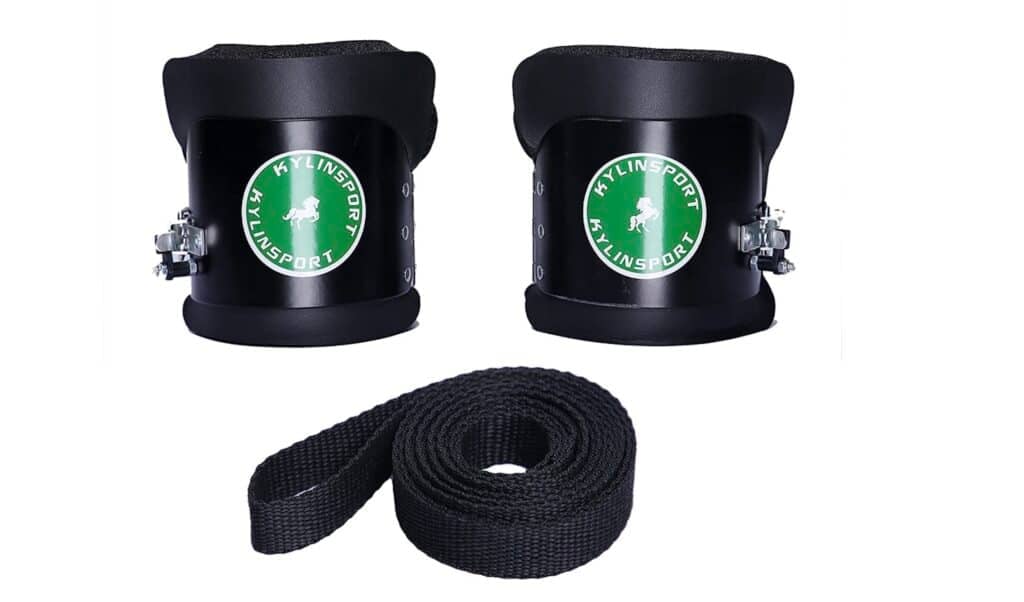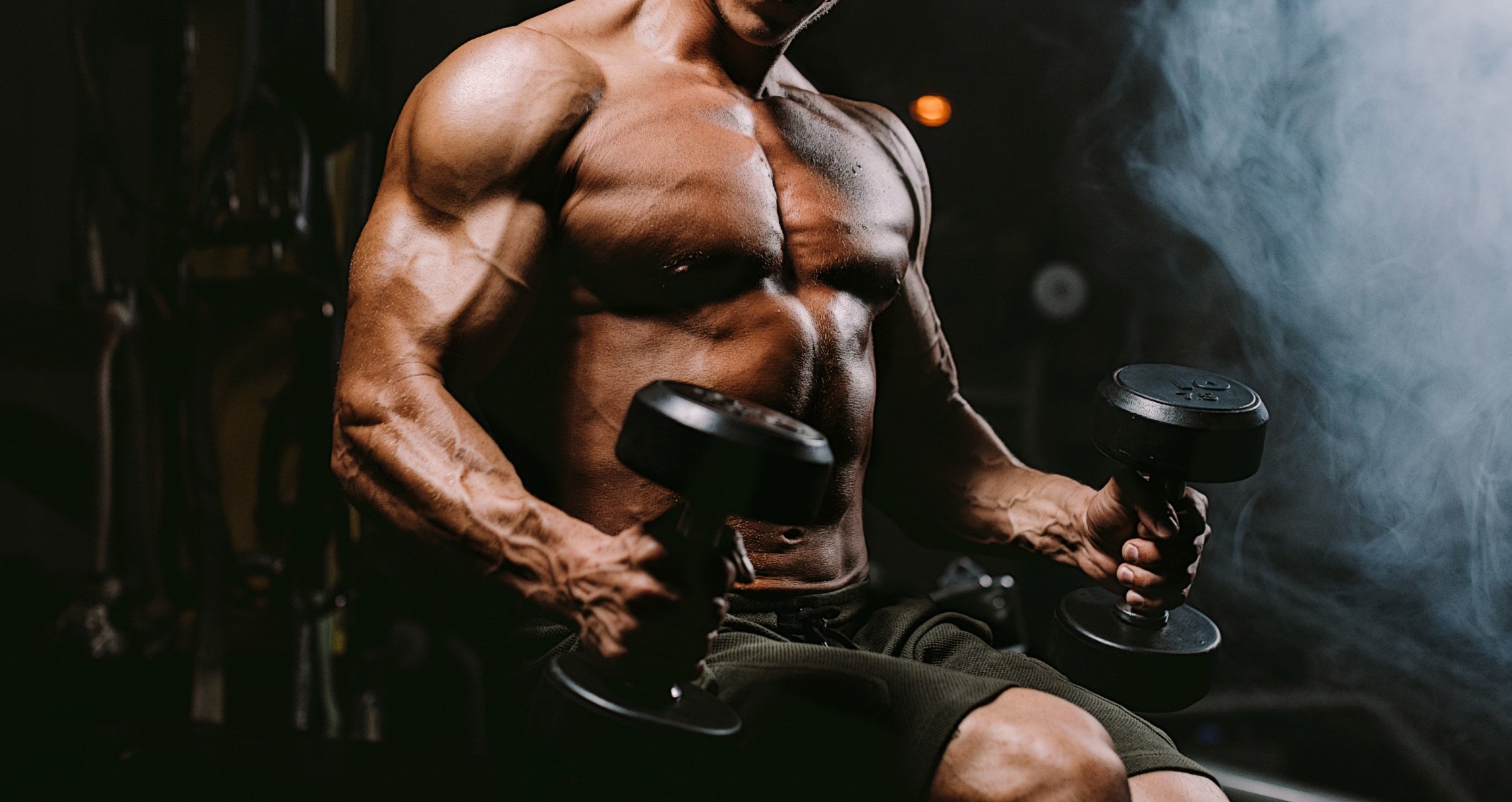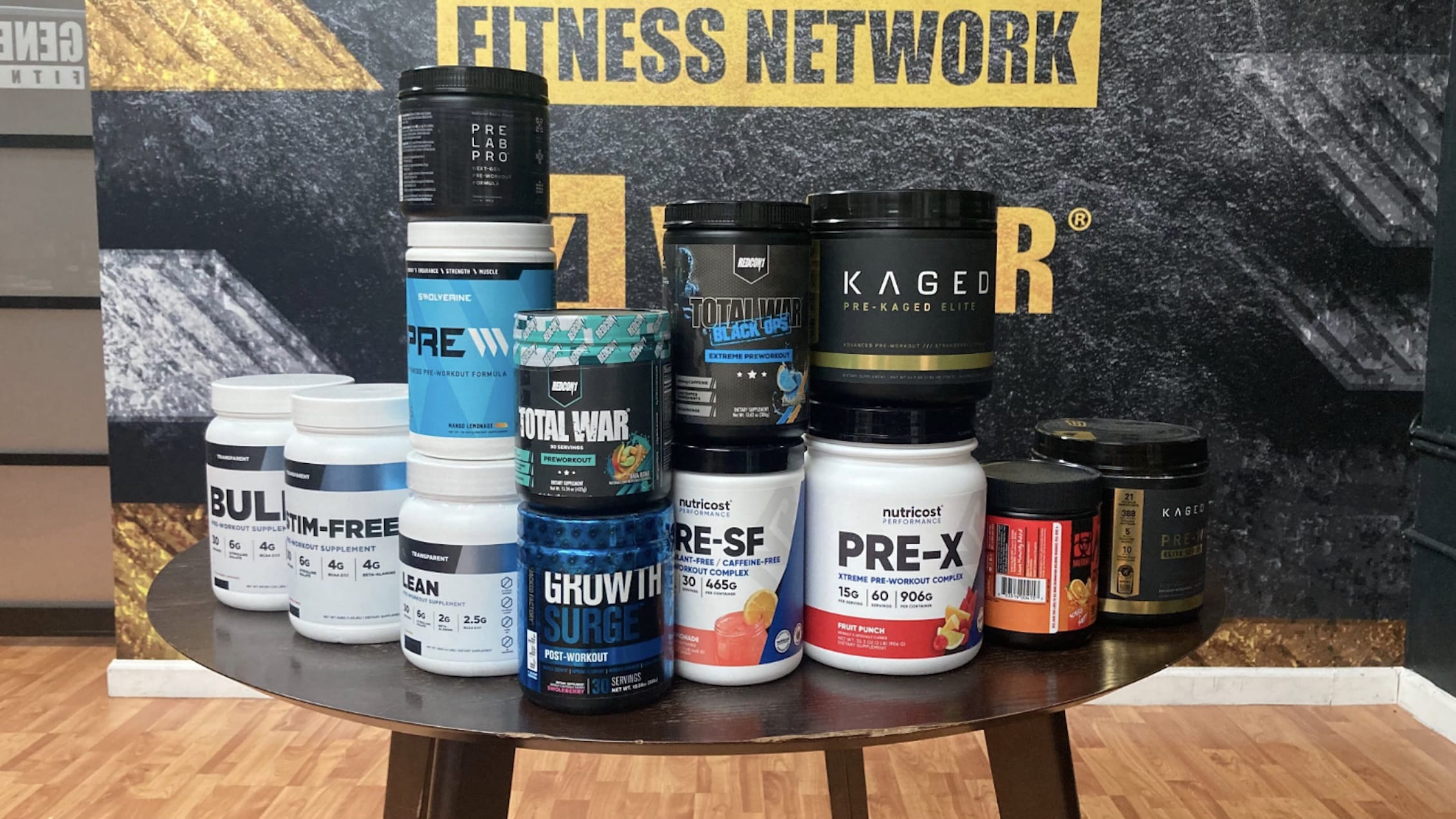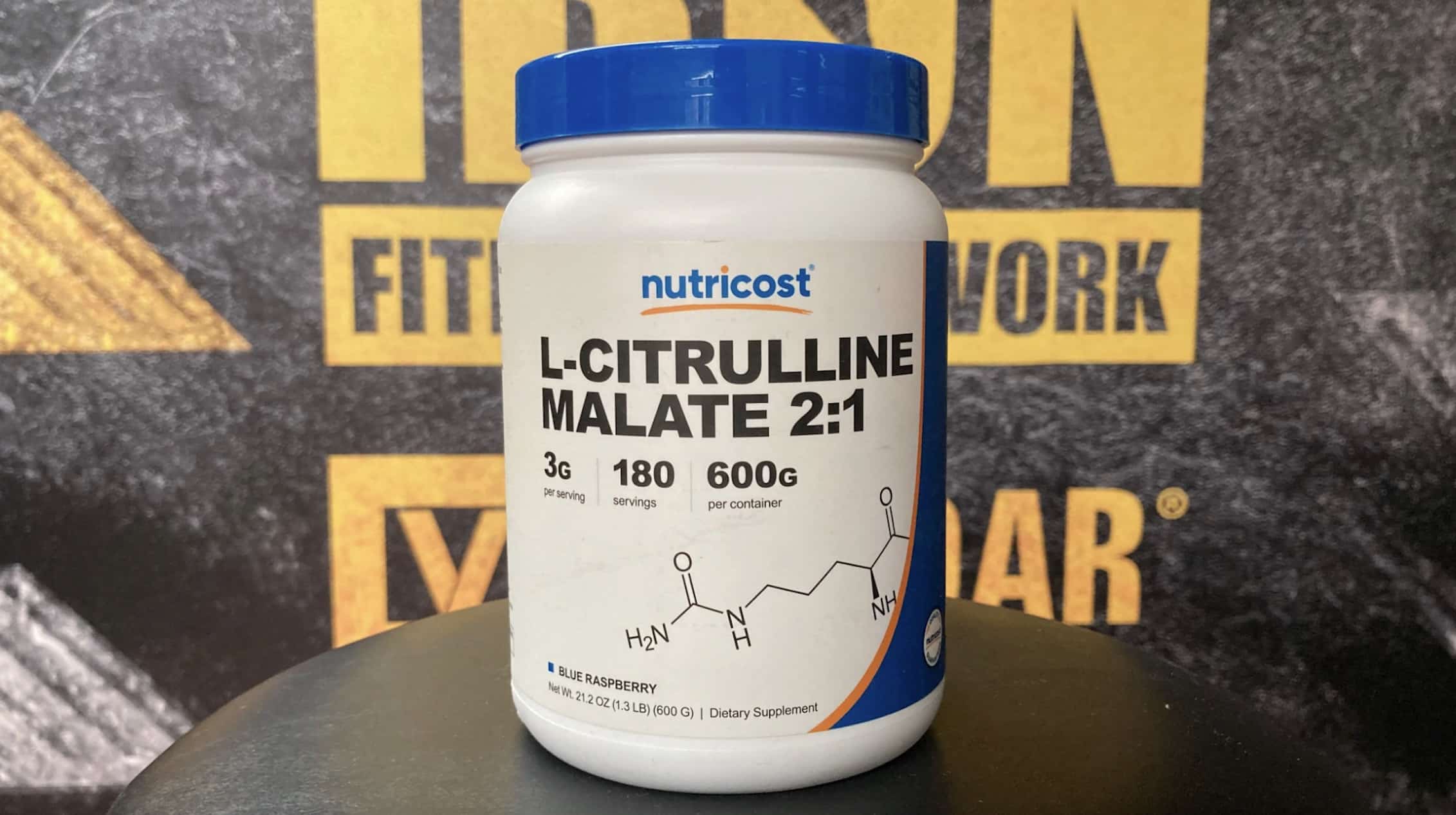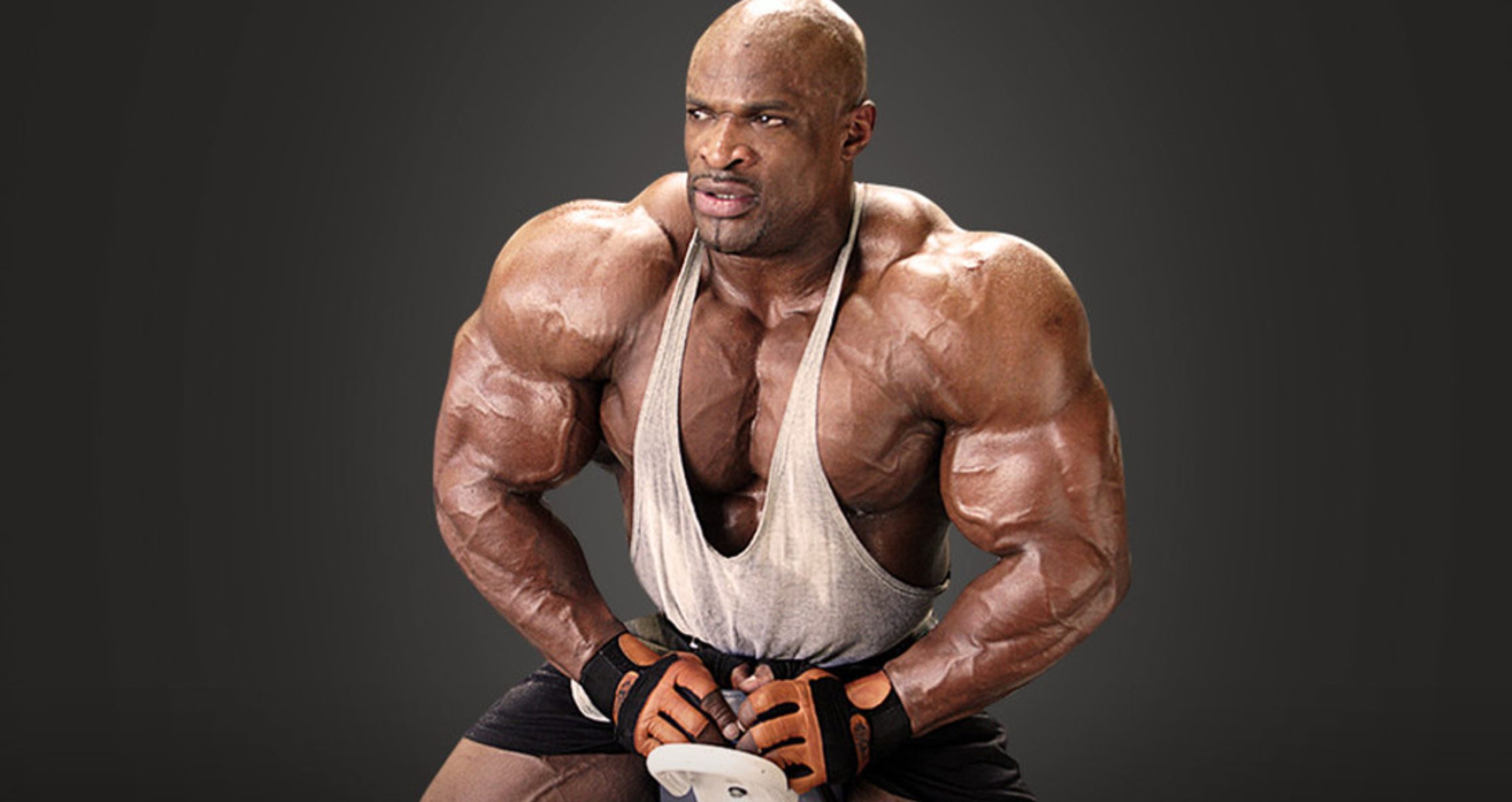Anti-gravity boots boost blood flow and improve spinal health.
Intense workouts can lead to muscle tears, fatigue, soreness, and overall discomfort. That’s why recovery is vital to any training routine — it allows muscles to repair and rebuild, promoting hypertrophy and enhancing athletic performance (1). One effective way to optimize recovery is through active recovery, which involves gentle activities like stretching or walking. These light movements increase blood circulation, reduce soreness, and minimize downtime between workouts.
For an innovative approach to active recovery, consider trying anti-gravity boots. While the name might conjure images of astronauts on the moon, they serve a more grounded purpose. Anti-gravity boots are specially designed footwear that alleviates pain and improves flexibility by suspending your body to relieve pressure on the spine. They help realign the spine, boost blood flow, and promote relaxation, making them an excellent tool for recovery.
In this article, we’ll explore the benefits of anti-gravity boots, how to incorporate them into your recovery routine, and the potential risks to be aware of.
Overview — What Are Anti-Gravity Boots?
Anti-gravity boots, also known as inversion boots, are used for therapy, recovery, and treatment of injuries. You can also use them to perform various workouts like inverted sit-ups, reverse squats, hip rotations, dead hangs, or inverted crunches.
People wear inversion boots on their ankles, attaching them to a rack or double-bar equipment for support and to prevent them from falling because of gravity. This places your body in an unusual position, as it decompresses the spine and other joints while keeping you rested. Anti-gravity boots also work on back pain and improve your posture. It can also reduce muscle fatigue and improve blood flow throughout the body.
Benefits of Anti-Gravity Boots
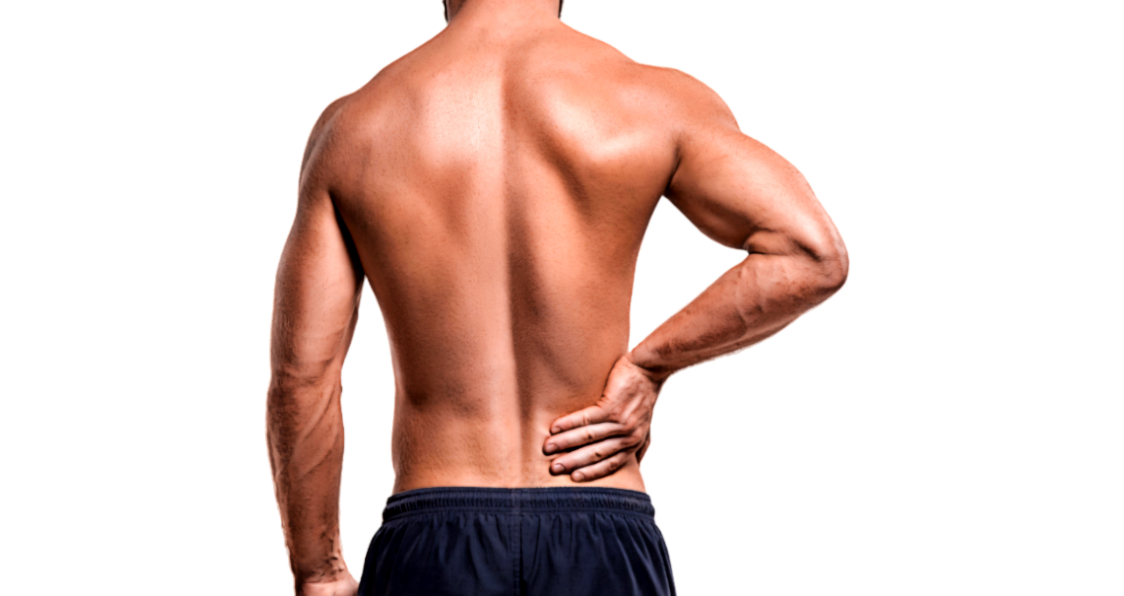
Better Spinal Health
Daily activities like jumping, walking, running, sitting, and resistance training exercises can place excess pressure on the spinal cord. This can cause complications like back pain, collapsed vertebrae, and poor posture. Inversion boots can help relieve that pressure by putting the body in an unusually stretched position, which brings relief.
Improved Flexibility & Better Posture
Stretching with inversion boots can help improve flexibility. By stretching the spine and other joints, your muscles relax, allowing them to elongate more efficiently, thus enhancing the range of motion. Stretching these joints strengthens the body, improving posture.
Reduce Back Pain
One reason for using anti-gravity boots is to treat back pain. In this study, participants with chronic back pain performed inversion therapy with three-minute sets at different angles. After eight weeks, researchers discovered that this form of therapy reduced back pain and discomfort and improved lumbar flexibility (2).
Effective for Recovery
After training, you can use anti-gravity boots for your recovery sessions. This helps relieve muscle pain, soreness, and stress. Suspending yourself upside down can also help improve blood flow, boosting repairs and muscle growth.
Improves Overall Health
Using anti-gravity boots can decrease the compression in your spine. This can prevent disability due to spinal injuries and improve quality of life (3). It can also reduce the chances of lumbar spine diseases (4).
Useful for Workouts
Anti-gravity boots aren’t just good for treating injuries and helping with recovery; they can also add an extra dimension to your workouts. With them, you can do different variations of exercises like reverse squats, inverted sit-ups, dead hangs, and inverted crunches.
Risks of Anti-Gravity Boots
Anti-gravity boots aren’t recommended for people with bone and joint disorders, cardiovascular disorders, cerebral sclerosis, ear infections, retinal detachment, conjunctivitis, or glaucoma. They’re also not advised for those on blood-thinning medication, obese people, or during pregnancy. These boots also take time to get used to, so it’s advisable to start with short one-minute sets before building up to higher hanging time.
KYLIN SPORT Anti-Gravity Inversion Boots
Extremely comfortable foam padding - it gives an incredible experience when working out, our inversion boots don't make the ankle feel uncomfortable like other anti-gravity boots.
KYLIN SPORT is a well-known brand focusing on strength training and fitness equipment. In addition to anti-gravity inversion boots, they are equally known for their quality gym accessories like knee wraps and resistance bands. The KYLIN SPORT anti-gravity inversion boots allow for a confident and complete inversion from an inversion rack or stable horizontal bar. All you need to do is wrap the ankle straps around your ankles, attach them to a bar, and hang safely without fear of falling.
These boots are effortless to use and can improve joint health by reversing the pressure of gravity on joints, ligaments, and even muscles. So, if you have experienced joint pain, especially in your back, you can use this to decompress and improve your overall health. You can also use it for core training, and this boot is handy because it can handle up to 330 lbs (150 kg).
AFFILIATE LINK: https://amzn.to/41QqHxs
Highlights of the KYLIN SPORT Anti-Gravity Inversion Boots
The KYLIN SPORT anti-gravity inversion boots come in pairs; you can get them on Amazon. They’re very easy to wrap around your ankles, and you can confidently invert yourself without any support or fear of falling. Below are some highlights of this product.
Extremely Comfortable
The KYLIN SPORT anti-gravity inversion boots provide the comfort you need, even when in use. They come with comfortable foam padding for your ankles, making them feel so relaxed, especially when working out compared to other products.
Versatile
This equipment isn’t limited to therapy, recovery, or injury treatment. It can also be used for different workouts. You can perform sit-ups, reverse squats, inverted crunches, and other exercises.
Quality Build
KYLIN SPORT manufactures its anti-gravity inversion boots from quality materials that can withstand extremely high loads of about 330 lbs (150 kg). The metal hook can withstand a large amount of weight. The boots also come with a heavy-duty metal band with a secure double lock to ensure your ankles and feet are secure and safe, giving you confidence for your hangs.
Affordability
Looking at the benefits that KYLIN SPORT anti-gravity inversion boots provide, they are relatively affordable. They’re one of the best gravity boots on the market for a reasonable price.
Wrapping Up
Anti-gravity boots are excellent for athletes seeking relief from joint and body pain. They’re also highly effective for muscle therapy and recovery, promoting overall muscle growth. However, they’re unsuitable for individuals with heart, ear, or blood conditions. If you fall into this category, it’s essential to consult a healthcare professional before using them.
The KYLIN SPORT anti-gravity inversion boots stand out for their durability and ability to support heavy weights. They’re also budget-friendly and versatile, ideal for various abdominal workout routines.
Follow Generation Iron on Instagram, Facebook, and Twitter for more equipment reviews!
References
- Caballero-García, A., & Córdova-Martínez, A. (2022). Muscle Recovery and Nutrition. Nutrients, 14(12), 2416. https://doi.org/10.3390/nu14122416
- Kim, J., Oh, H., Lee, J., Cha, J., Ko, I., & Jee, Y. (2013). The effect of inversion traction on pain sensation, lumbar flexibility and trunk muscles strength in patients with chronic low back pain. Isokinetics and Exercise Science, 21(3), 237–246. https://doi.org/10.3233/ies-130506
- Raut, A. A., & Bagde, S. T. (2014). Inversion Therapy & Zero Gravity concept: for all back pain problems. IOSR Journal of Mechanical and Civil Engineering (IOSR-JMCE), 5, 18–22. Retrieved from https://iosrjournals.org/iosr-jmce/papers/ICAET-2014/me/volume-5/4.pdf
- Prasad, K. S., Gregson, B. A., Hargreaves, G., Byrnes, T., Winburn, P., & Mendelow, A. D. (2012). Inversion therapy in patients with pure single level lumbar discogenic disease: a pilot randomized trial. Disability and rehabilitation, 34(17), 1473–1480. https://doi.org/10.3109/09638288.2011.647231
